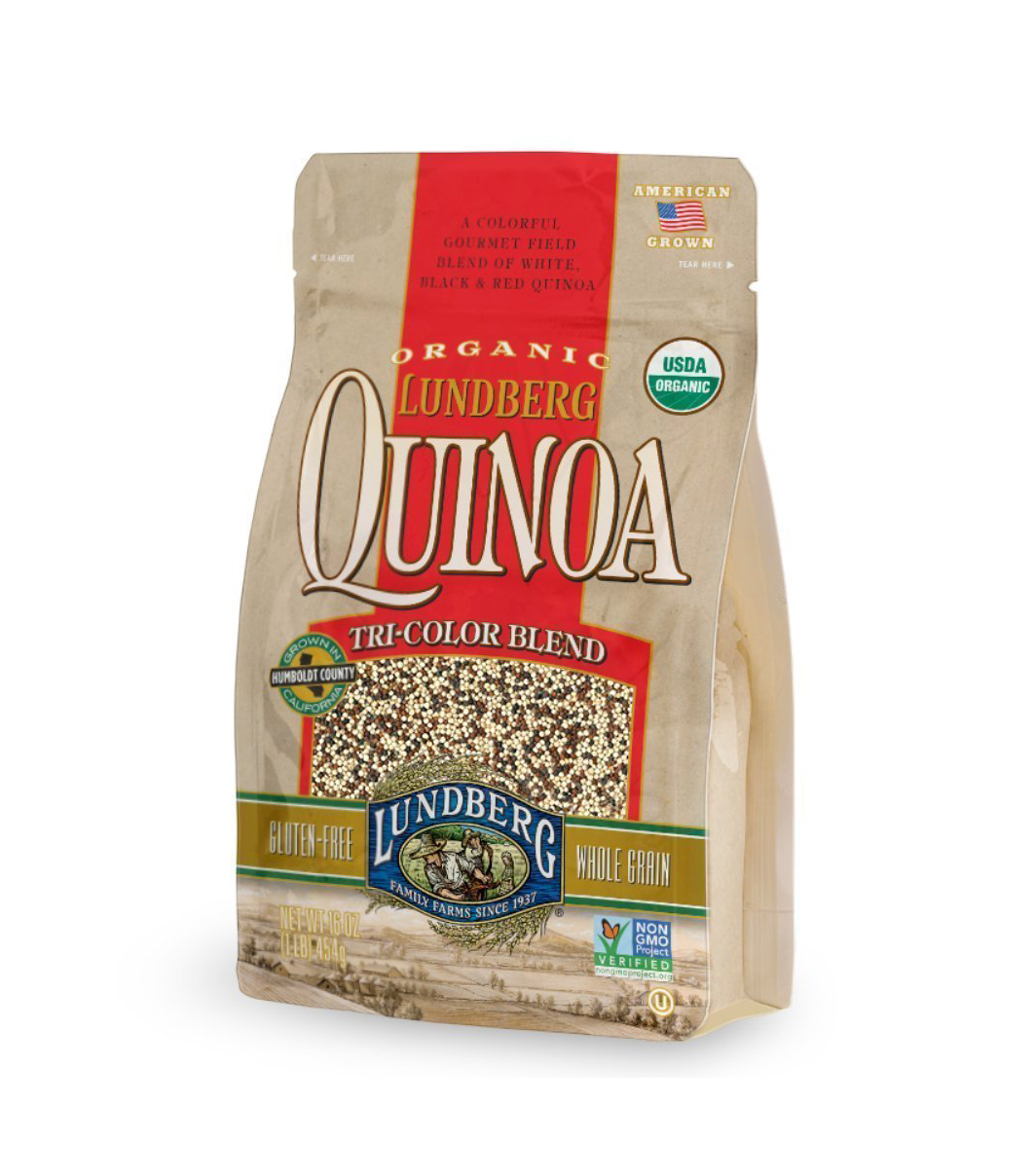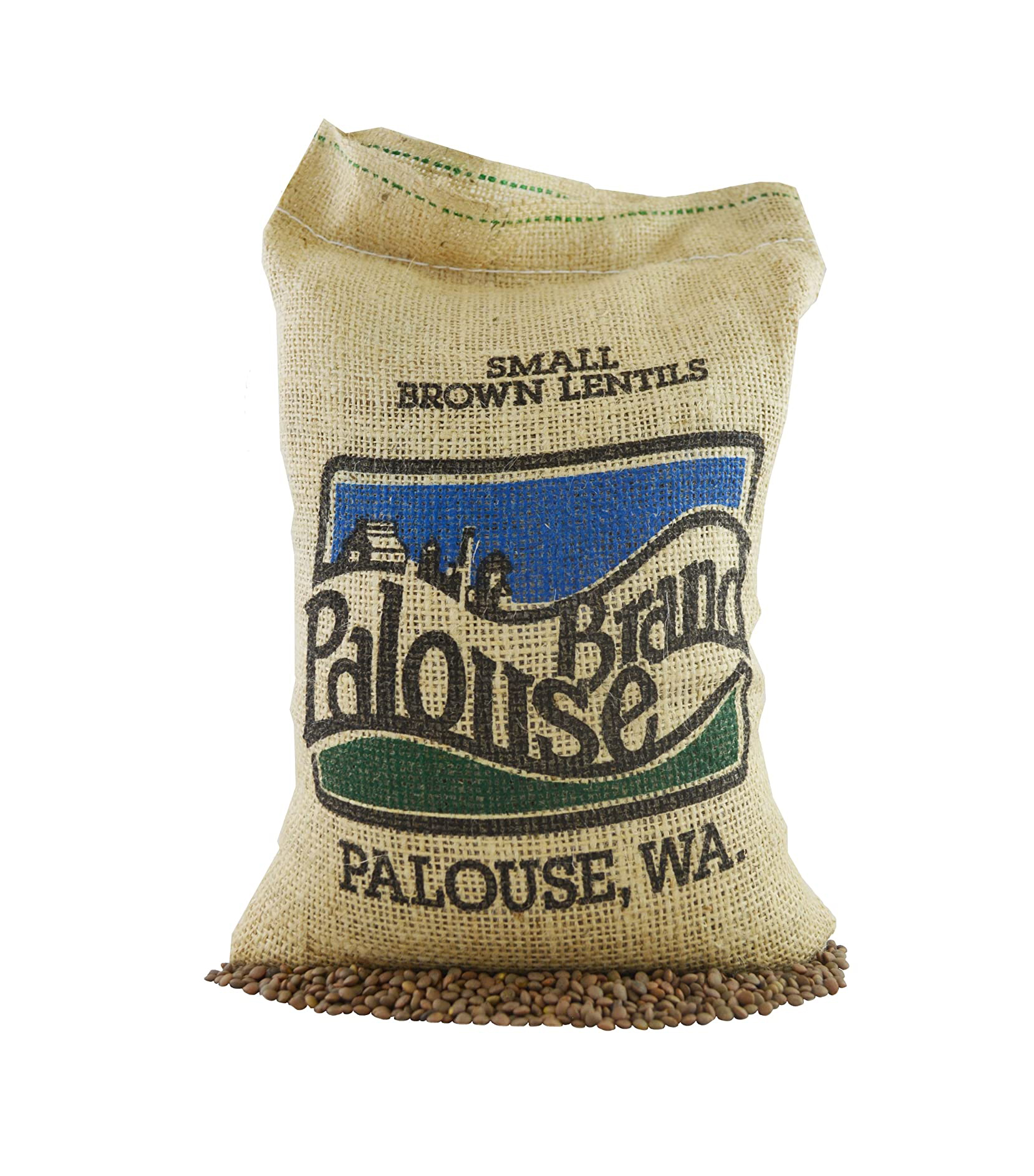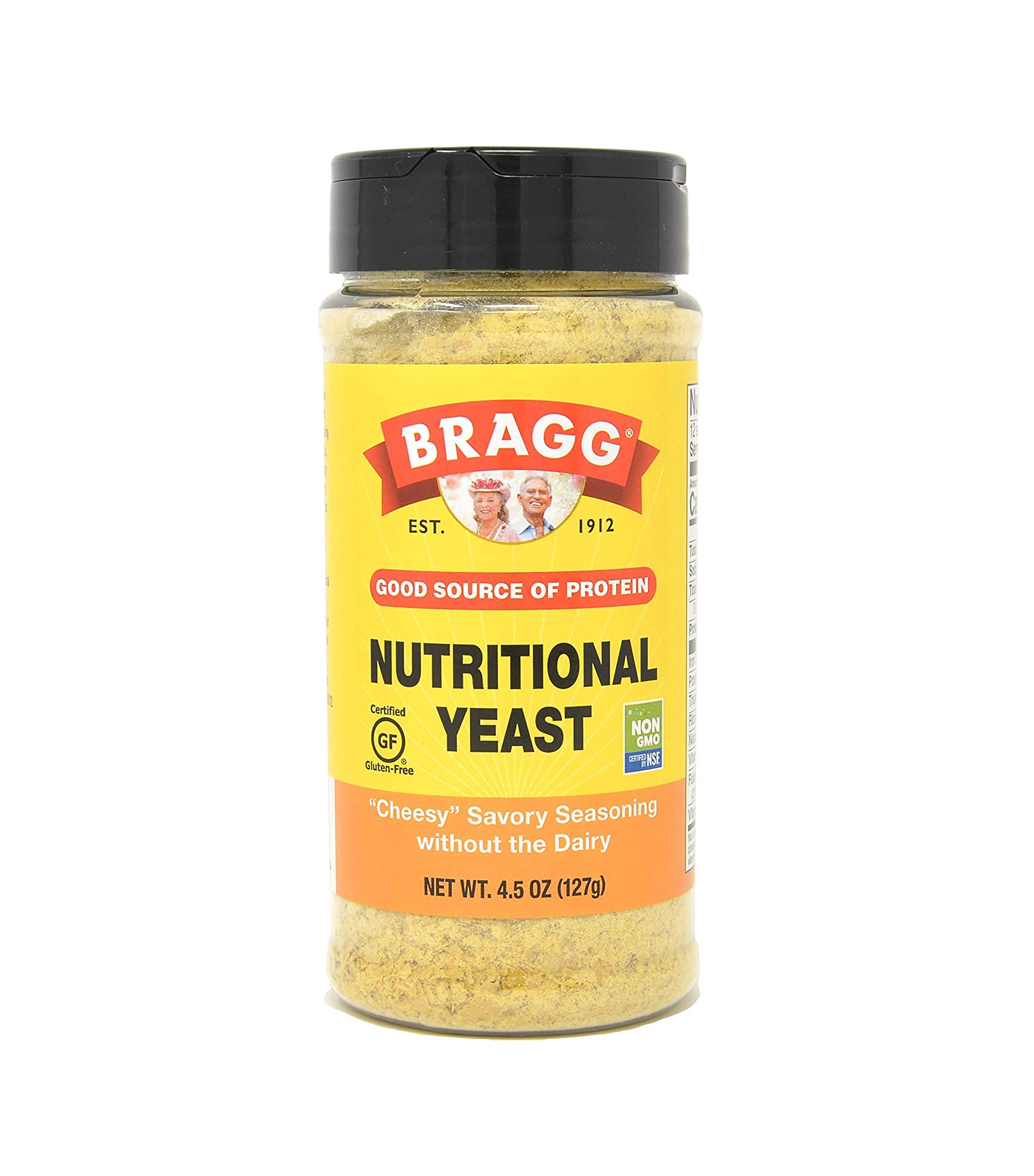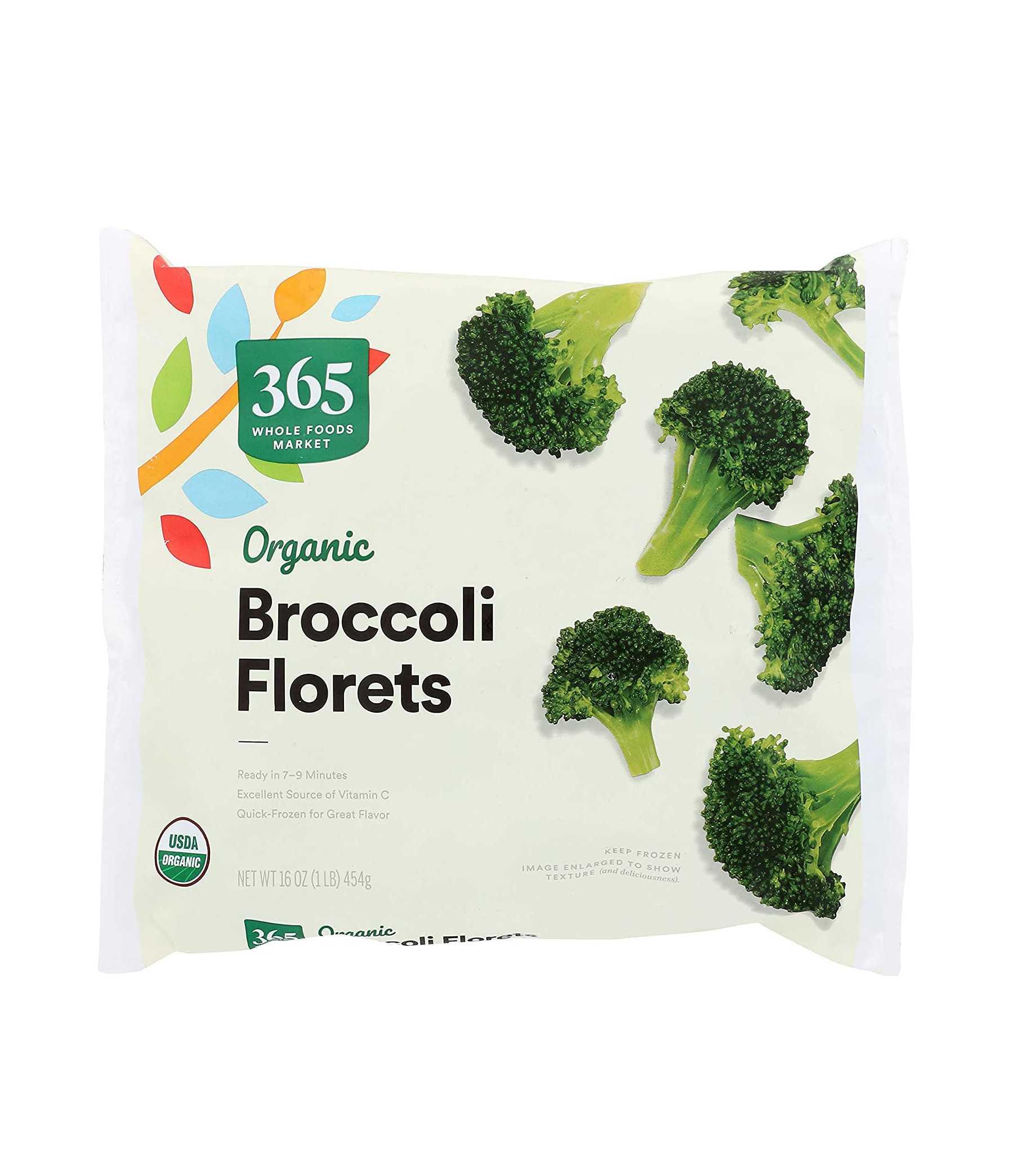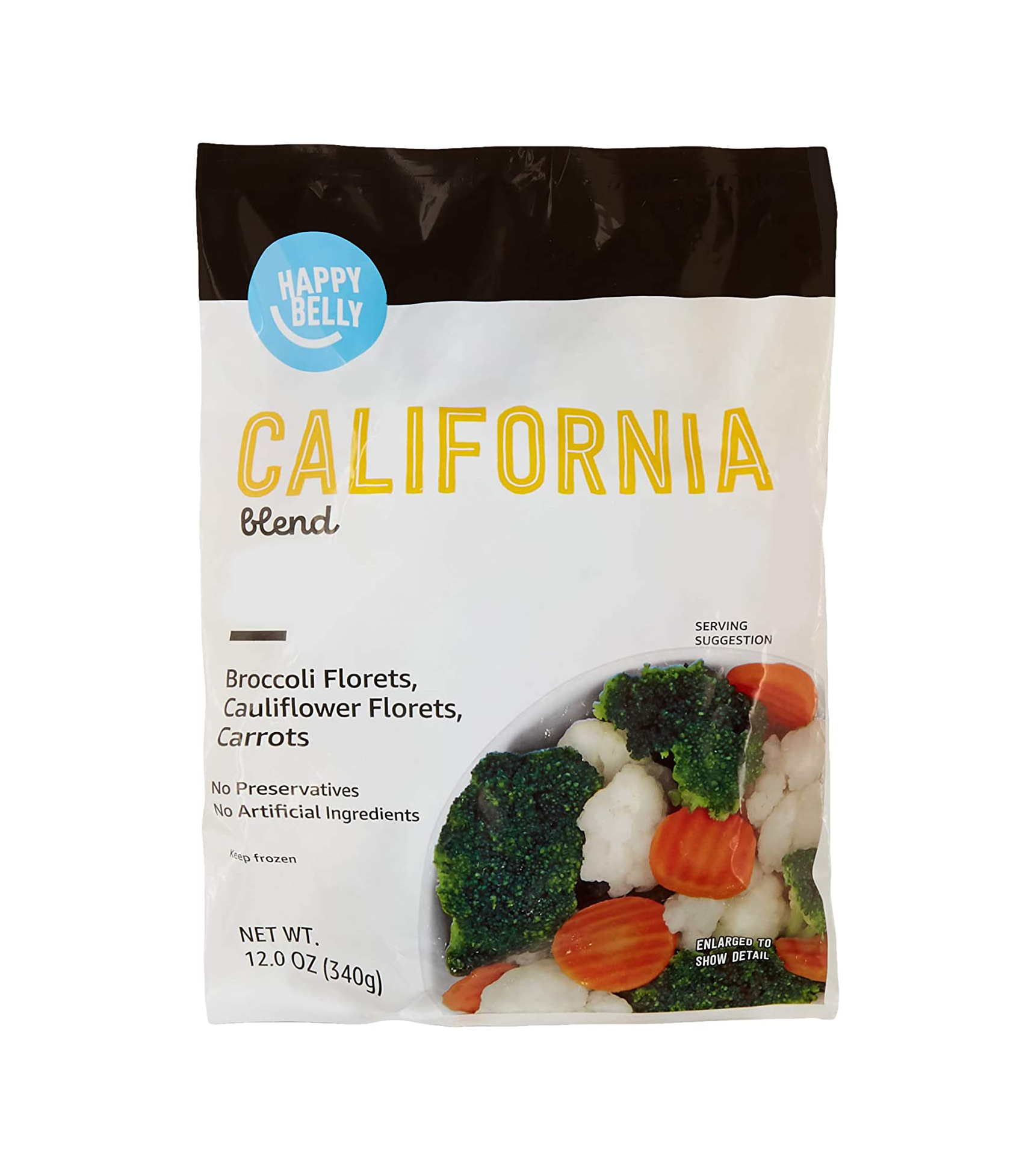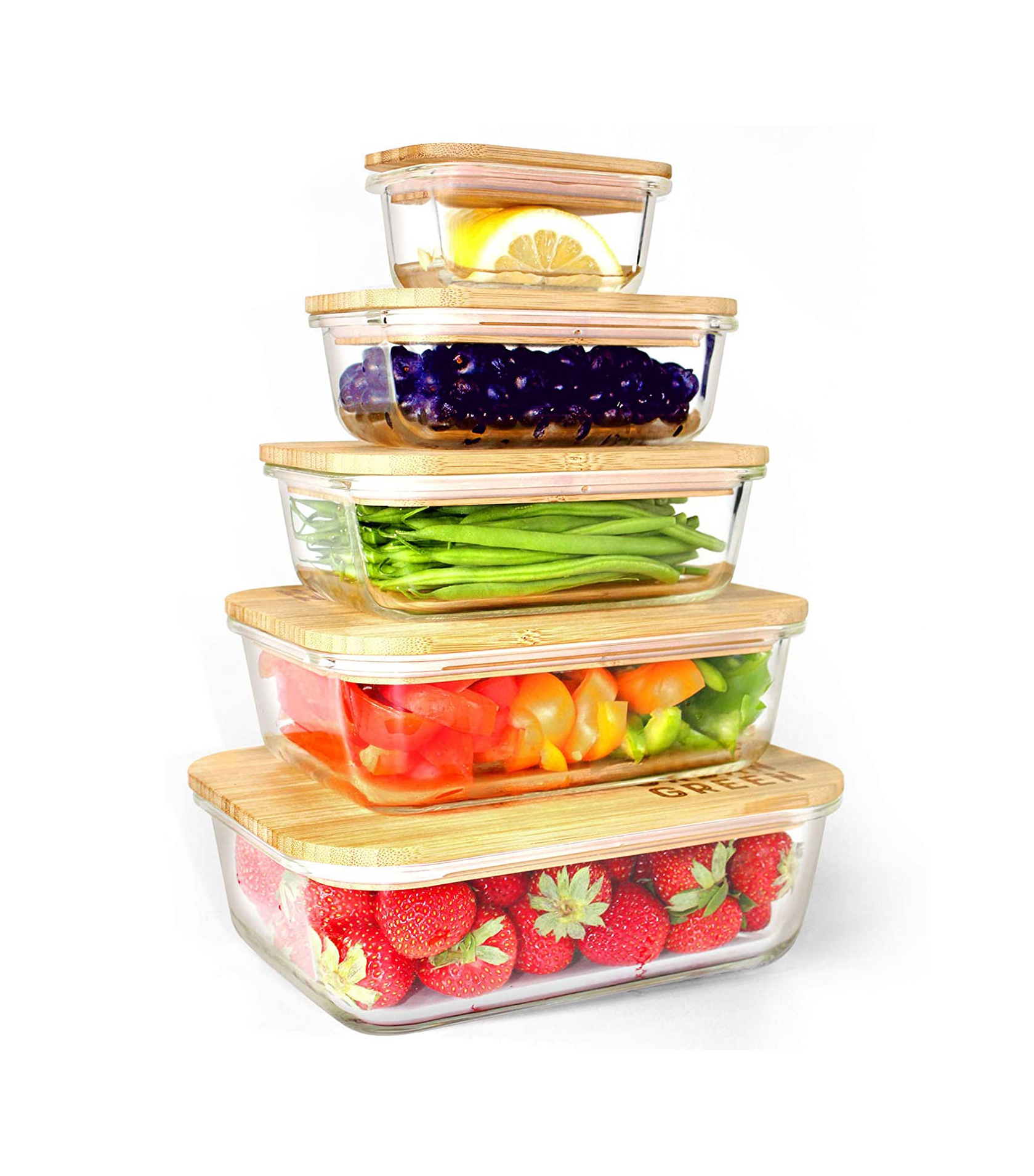How to Eat Vegan for $1 a Day

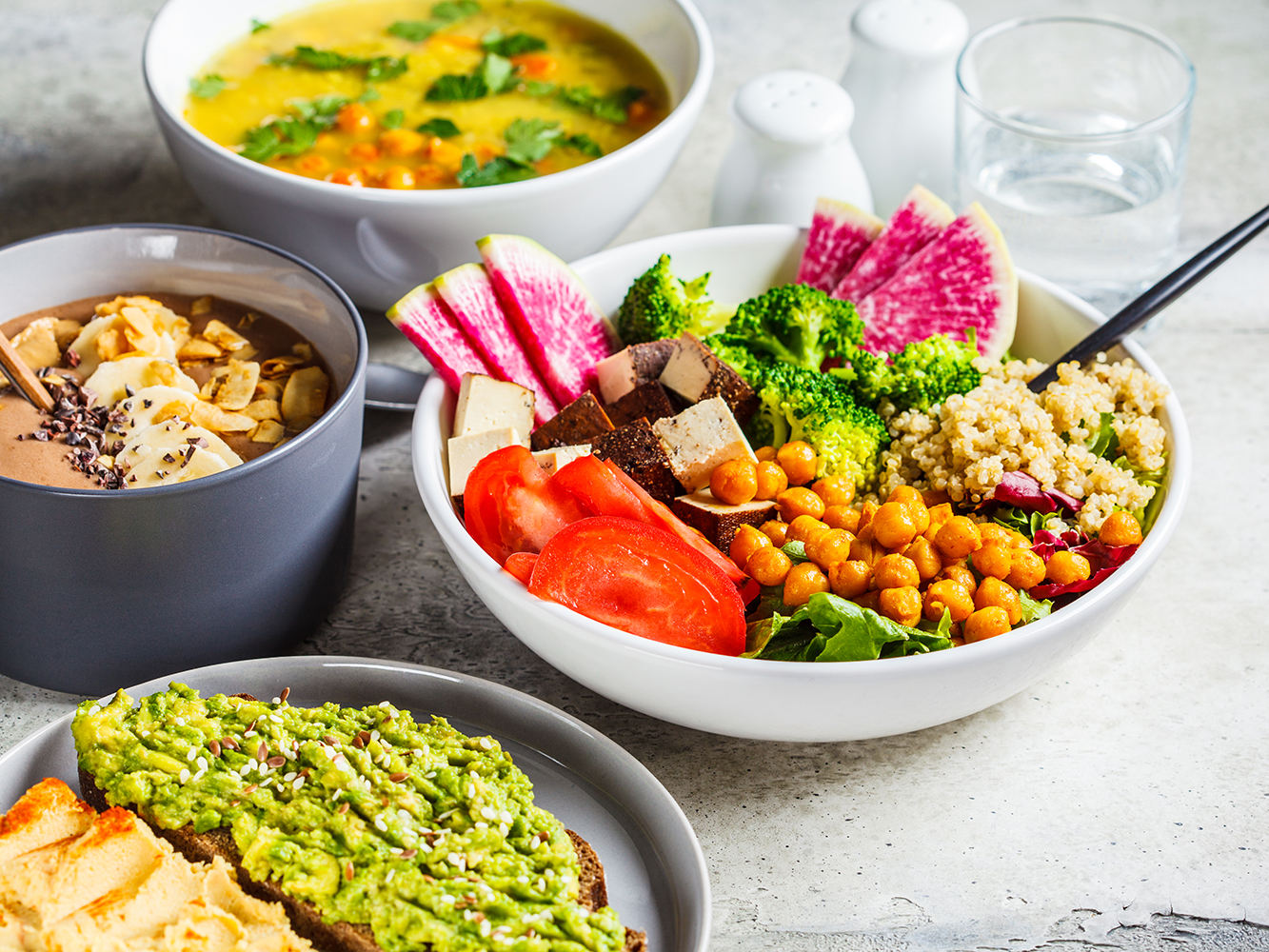
It's no surprise that when I first tell people I'm vegan, I tend to get a lot of questions. How do you live without cheese? is among the most common curiosities, as is, So, if you were stuck on a deserted island with nothing to eat but meat, would you do it? (Because that's so very likely.) Something people are a little cagier but no less curious about asking is the following: Isn't being vegan expensive?
It's a common misconception that plant-based eating is pricier than the standard American diet. "People sometimes assume that vegan meals are more expensive because some popular vegan foods like faux meats and cheeses can get a little pricey," explains registered dietitian Virginia Messina. "While those are fun to include in vegan diets, most vegan meals are built around foods that are part of some of the best cooking traditions in the world, which also happen to be inexpensive." Bean burritos, chili, pasta, and soups are all affordable staples for vegans, for example.
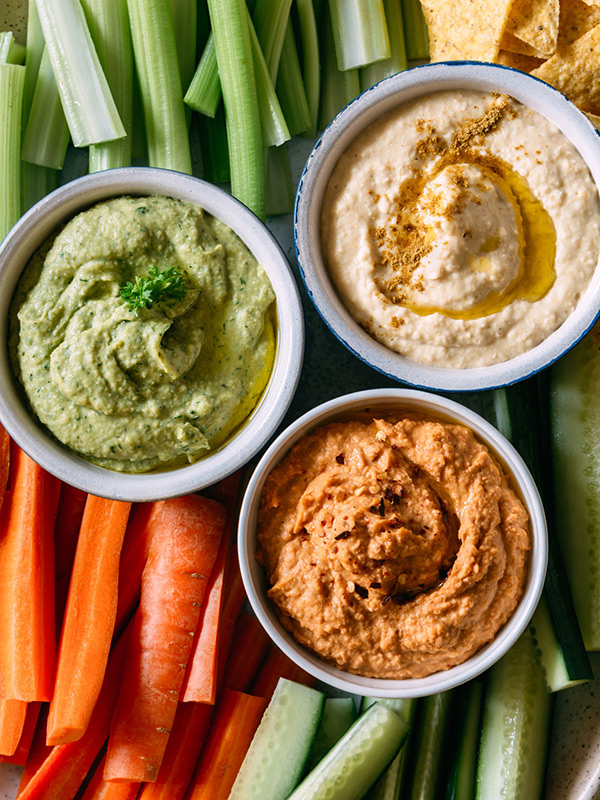
"Eating vegan, contrary to popular belief, does not have to be expensive," agrees registered dietitian Andy De Santis. "In fact, all else equal, it is much cheaper than eating meat. When you swap out animal protein for plant protein (i.e., tofu and beans) you save money."
All this being said, we understand it can be hard to wrap your head around the idea of a cheap vegan diet. So if you're considering going plant-based, or are already vegan and just looking to save a little dough, we're here to help. Keep scrolling to learn nutritionists' tips and recipes for how to eat vegan so cheaply that by the end of a couple months, your grocery total could add up to $1 a day.
1. Stick to cheap basic ingredients (and buy them in bulk).
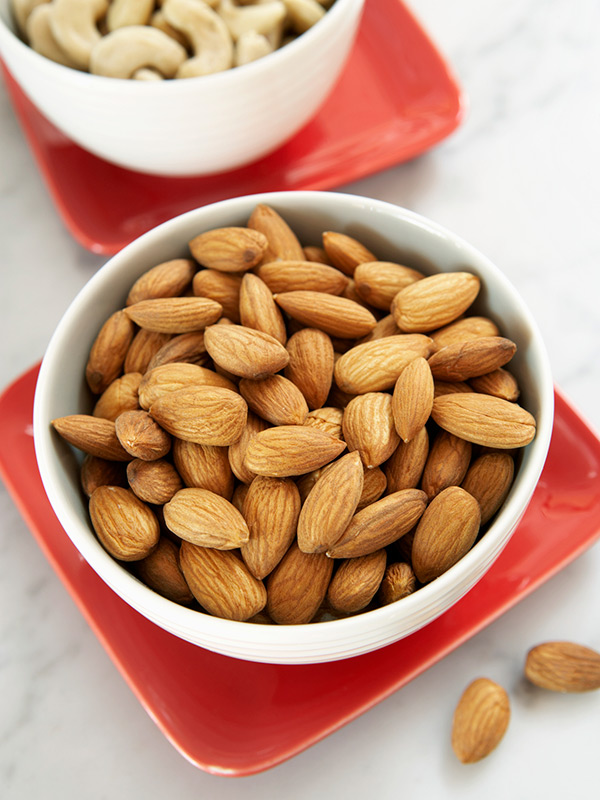
This is the key to making that grocery bill go way, way down. "The best thing about staples of vegan cooking like beans and grains is that they are shelf stable," says Messina. "Buying large bags of these foods at warehouse stores can shave dollars off your grocery bill." (Truly, some of these foods add up to mere pennies per serving.) Such vegan staples include nuts and seeds, brown rice, quinoa, lentils, oats, and dried beans, which nutritionists recommend over the canned stuff. "Rinsing dried beans and tossing them into a slow cooker takes less than a minute and costs just a fraction of canned beans," says Messina. "They are also healthier since you can control the amount of salt in the beans."
For an incredibly cheap meal made of vegan basics, experts recommend soup. "Soup is cheap and can be made of almost anything in your refrigerator," says registered dietitian Marty Davey. "Step 1: What needs to be used now (before it goes bad). Step 2: What bean or grain do I have that would work with it? (Most of them will.) Step 3: Match up spices. Ta-da! Put it together, and let it simmer."
2. Make your own vegan treats at home.
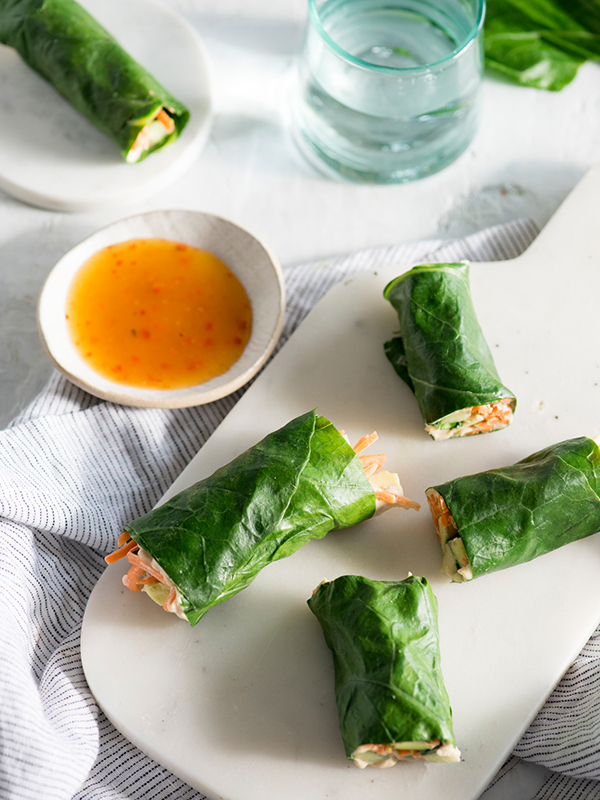
There's no denying it: Items like almond butter, plant-based milk, and vegan cheese can be very expensive (once I spent $9 on a wheel of cashew cheese two inches in diameter—it wasn't my proudest moment).
Of course, these products aren't necessary to a vegan diet, but if you want to enjoy them on a budget, it's surprisingly easy to make them yourself. "Make your own nut butter in a food processor," Davey advises. (Recipe here.) "It can be used as a flavoring for squash soups, the base for salad dressings, a quick protein source smothered on bananas, or made into a spicy sauce for a cheap stir-fry."
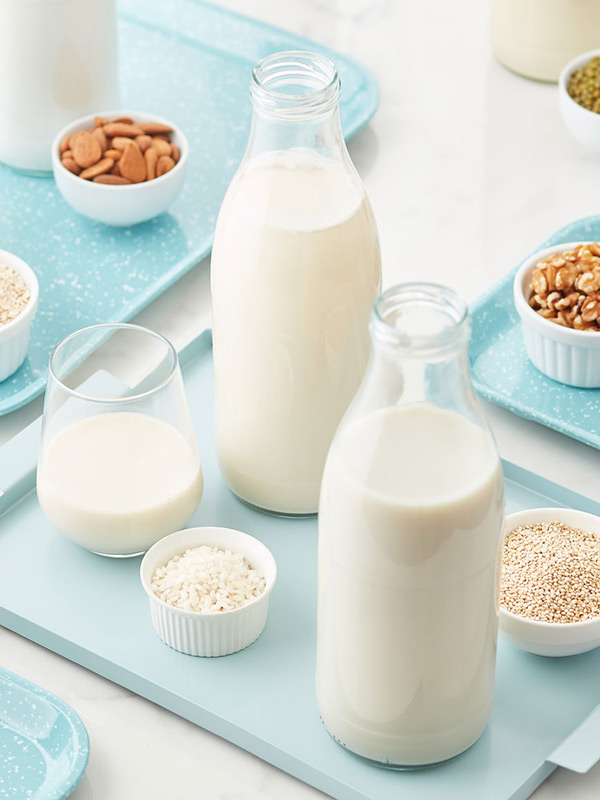
You can also make your own nut-based cheese using affordable ingredients, like those cashews you bought in bulk, homemade almond milk, and nutritional yeast. (Here's my favorite vegan nacho cheese recipe.)
Not to mention all the delicious vegan baking you can do at home. "Whole grain breads, tortillas, muffins, energy bars, and granolas are all cheaper if you make your own," says registered dietitian Dina Aronson. "They're also usually healthier since you control the ingredients."
According to Aronson, it's also economical to make your own hummus and guacamole (my two favorite plant-based dips). "These comprise a group of foods that are super cheap, easy to make, healthful, and based on whole plants, but if purchased prepared, can be expensive," she says.
3. Plan the week's meals ahead of time.
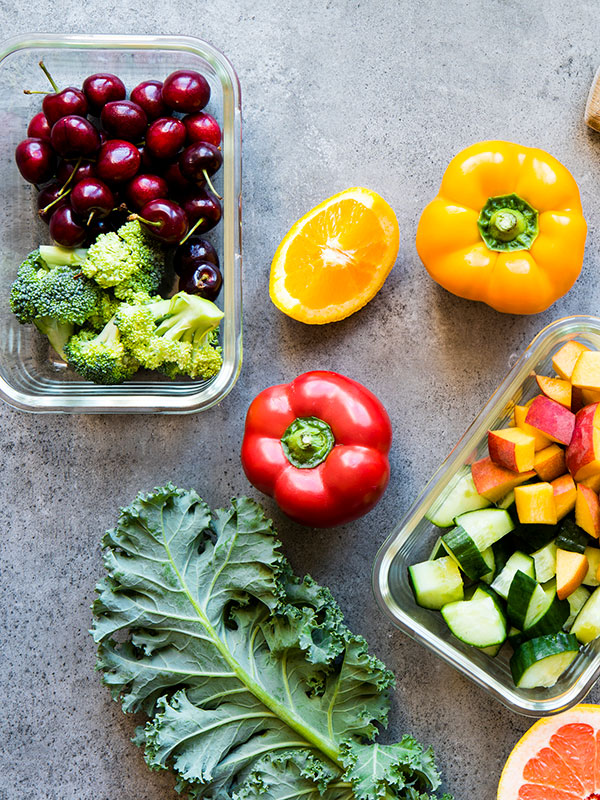
I always spend the most money on groceries when I enter the store without a plan. But Davey promises that writing down your meals for the week and sticking to that list will help you save serious dough. "And give yourself a time limit in the store," he adds. "This makes you get in and out without spending extra cash on stuff you don't really need."
Of course, there's some room for flexibility. If you arrive at the market to find a major sale on some item you hadn't planned for, consider basing some of your meals on that instead. "If cauliflower is in season, then you can make a cauliflower chickpea dish; if mangoes are in season, use those instead of the oranges in the salad," Davey says. By shopping with these ideas in mind, the savings will add up.
4. Eat seasonally.
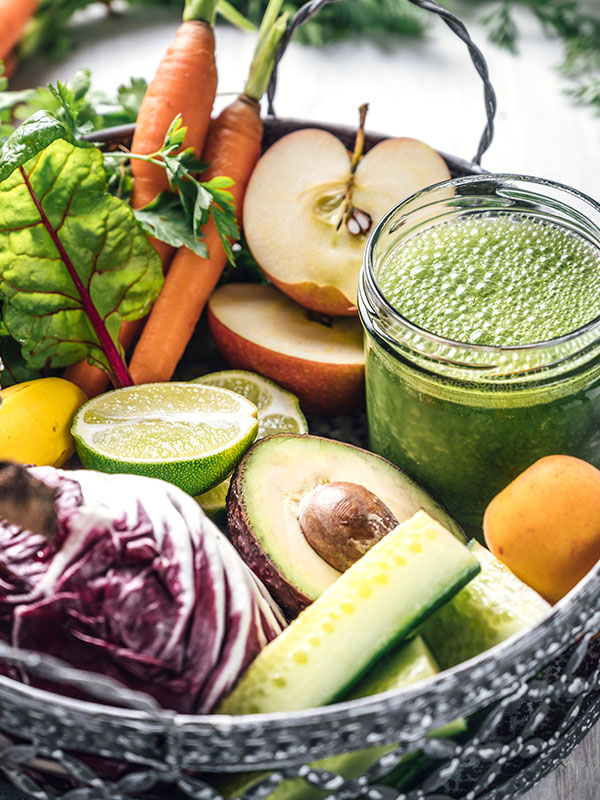
Speaking of what's in season: Since fruits and vegetables are a huge part of any vegan diet, it's a good idea to not buy strawberries in February. "Purchase seasonal or on-sale fruits and veggies, and take the time to know which those are in your area," De Santis advises. (Here's a cheat sheet on what produce is in season when.)
And remember: If you're trying to save money, your produce doesn't need to be organic. "People think that vegan equals everything organic," says Davey. "[When I was younger], I certainly didn't have money to buy everything organic." That said, if you want to buy organic food, focus on the ingredients you use most often (onions, perhaps), and as your budget increases, you can add organic options from there.
5. Embrace frozen produce.
You know what's even cheaper than fresh produce? The frozen stuff. And despite common misconceptions, it's not any less nutritious. "Use frozen vegetables," says Messina. "They're cheaper than fresh and are just as good for you." As Aronson explains, "Vegetables are frozen soon after harvesting, so they retain their nutritional value, sometimes more so than fresh produce, which has been exposed to oxygen, light, and temperature fluctuations." Just add a little olive oil, salt, and pepper, and your frozen veggies will work just as well in stir-fries, soups, and casseroles. (Here's a great vegan recipe for slow-cooked saag aloo that's insanely cheap to make and tastes just as good with frozen spinach.)
Alternatively, you can even make your own frozen produce. "Freeze fruit that is on sale after peeling or de-seeding, if needed," says Davey. "I bought five bunches of bananas that were about to be rotten, froze them, and had smoothies with fresh banana flavor and nutrition weeks later."
6. Cook enough to have leftovers (and bring them for lunch).
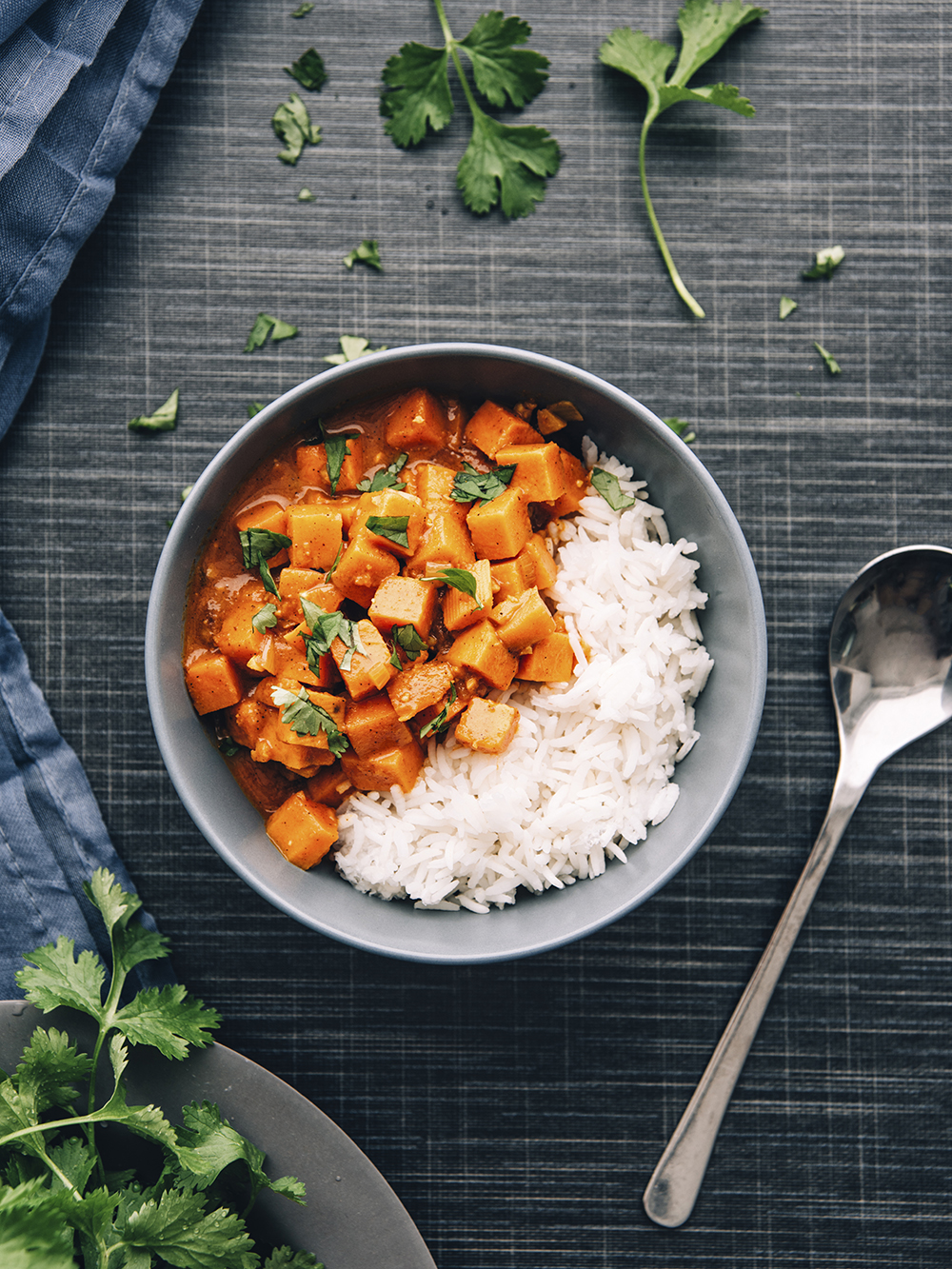
Many vegan foods actually keep longer than meals containing meat and dairy; so for peak convenience, nutrition experts encourage you to prepare more than you need and save the rest for future meals. "Cook a lot at once, portion out, and freeze," says Aronson. "This saves both time and money. (It's best to use single-portion Tupperware containers.)"
By stocking up on leftovers, you're setting yourself up for another money-saving tactic: bringing your own lunch. "Don't be tempted to eat out every day," says Ben Williamson, senior international media director at PETA. For recipes that work even better as leftovers, try this vegan curry noodle soup or this tofu stir-fry.
7. Remember: You'll save money on health bills later.
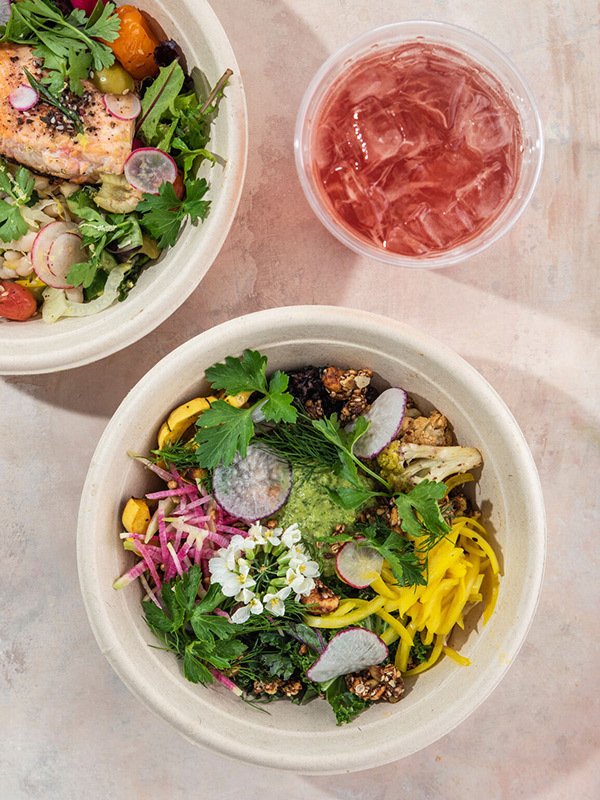
If you're still unconvinced that a vegan diet is truly cheaper, consider this: "Fresh, organic fruits and vegetables may cost more than some junk foods—but isn't your health worth the extra couple of bucks?" says Williamson. "If you're still not sure, given the health benefits of a vegan diet, you'll likely save hundreds or thousands of dollars on healthcare, which will more than make up for the extra cost of soy milk."
Think of it this way: A study published in the JAMA Internal Medicine Journal tracked the health and diet records of over 130,000 participants for 30 years and found that every 3% increase in calories from plant protein reduced a person's risk of death by 10% (12% if you're looking at death by heart disease). So even if you find yourself splurging on pricey vegan meat substitutes, it will likely be worth it in the end.
That said, eating vegan for genuinely cheap is possible. Don't take it from me, take it from the experts. (Okay, and take it from me—it can be done, I promise.)
Next up: The Pros and Cons of Veganism, According to a Dietitian
This post was originally published at an earlier date and has been updated.
This article is provided for informational purposes only and is not intended to be used in the place of advice of your physician or other medical professionals. You should always consult with your doctor or healthcare provider first with any health-related questions.

Tie among Linda Rodin, Hari Nef, and David Bowie.
Who are your 5 favorite people to follow on Instagram?@petracollins @katiejanehughes @alwaysjudging @bonnyrebecca @hotdudesreading
What's the beauty essential you can’t live without?If I have some brow gel and Sisley's Phyto-Lip Twist, I'm good to go forever.
What's your desert island album?Death Cab for Cutie's Transatlanticism
What's your favorite Byrdie.com story?Game of Thrones's Nathalie Emmanuel looks so achingly beautiful in our feature with her that I think it's gonna have to be that!
